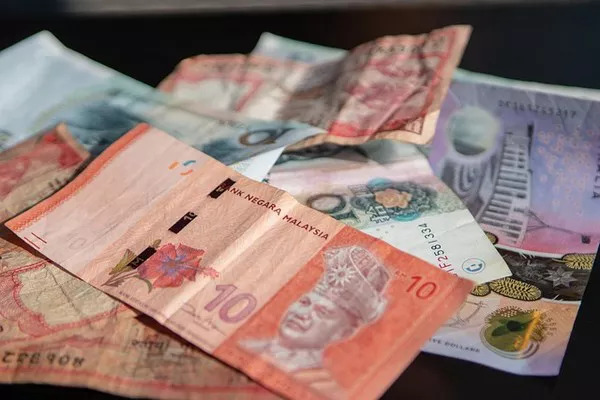China’s robust export sector has demonstrated resilience to fluctuations in exchange rates, according to a recent study. The research, conducted by economists Chen Chen and Nimesh Salike, delves into the impact of bilateral exchange rates on China’s exports across various goods and timeframes.
The study reveals that the complexity and sophistication of China’s export basket have played a crucial role in mitigating the effects of exchange rate fluctuations. Traditionally, more sophisticated and technologically advanced products are found to be less sensitive to currency appreciation, as they tend to have fewer substitutes, resulting in smaller decreases in demand when prices rise.
China’s export landscape has undergone a significant transformation since its accession to the World Trade Organization (WTO) in 2001. Before joining the WTO, China primarily exported labor-intensive manufactured goods. Post-WTO accession, a surge in foreign direct investment and the establishment of factories by foreign-invested enterprises contributed to a rapid increase in exports. Notably, China’s Country Complexity Index (CCI) rose from 39th place in 1995 to 18th in 2021.
The researchers argue that the period between 1995 and 2018 saw a noticeable shift in China’s export composition. While a 10 percent appreciation of the renminbi between 1995 and 2001 led to a 6 percent fall in exports, the subsequent years witnessed varying impacts. Between 2002 and 2004, a 10 percent appreciation correlated with an 8 percent decline in exports. However, after the global financial crisis in 2008, a 10 percent appreciation showed little impact on exports during the 2010–13 period and only a 1.4 percent reduction during 2014–18.
During the early 2000s, China actively intervened to prevent renminbi appreciation, accumulating foreign exchange reserves. Despite these efforts, China’s CCI continued to rise steadily after the global financial crisis, signaling an increasing sophistication in its export offerings.
The study concludes that as China’s export basket becomes more sophisticated, the role of exchange rates diminishes in influencing its exports. The recent depreciation of the Chinese yuan, beginning in April 2022, may not significantly stimulate high-end exports, such as electronics and machinery. The findings suggest that China, with its more sophisticated and less exchange-rate-sensitive manufacturing exports, has the leeway to implement bolder reforms in its exchange rate regime.
The Chinese government’s initiatives to upgrade industries through trade and industrial policies, liberalizing reforms, and technology-focused strategies align with this trend. The study raises questions about the responsiveness of more sophisticated exports to tariff increases, a crucial aspect for future research, particularly in the context of trade wars.


